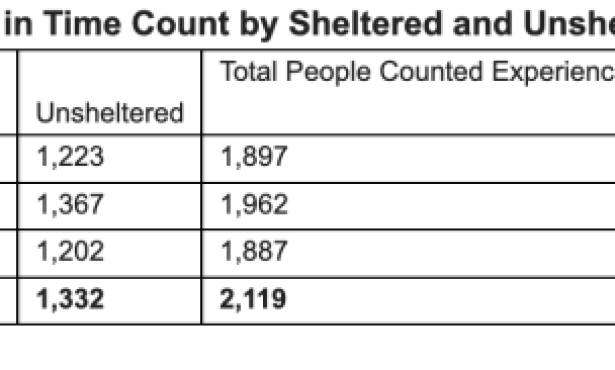Santa Barbara County to Approve Cuyama River River-Bed Mining
County sees no harm from release of 100,000 to 300,000 cubic yards of fine-grained sediment annually into the Cuyama riverbed that will displace more than 120 acre-feet of Santa Maria Valley irrigation and domestic water storage capacity each year.
More than 10 % of the volume of water needed to support Santa Barbara County’s $392 million annual strawberry production is to be lost each year that proposed in-stream mining is allowed in the upper Cuyama River watershed.
Twitchell Reservoir is filling with mud at rates much faster than it was designed to accommodate when it was constructed in the 1950’s. Hundreds of thousands of dollars are being spent by the County and the Twitchell Management Authority to try to restore the lost irrigation water storage capacity. Yet incremental losses within the County’s control are being given away.
A recent analysis of aggregate mining impacts in the Cuyama River Valley attempts to estimate the potential volumes of sediment supplied to the federally-funded reservoir from backcountry wild fires, stream-bank erosion, and from the practice of returning mine spoils that cannot be marketed to the river bed. A November 1st, 2011 technical report prepared by Dr. Robert Curry of Watershed Systems establishes that proposed expansion of in-channel gravel mining will contribute a significant volume of sediment to the already overburdened and rapidly infilling Santa Maria Valley water supply reservoir.
A Santa Barbara County Board of Supervisor’s meeting will consider an appeal by the Cuyama Valley Conservancy citizen’s group at a hearing on December 13, 2011.

